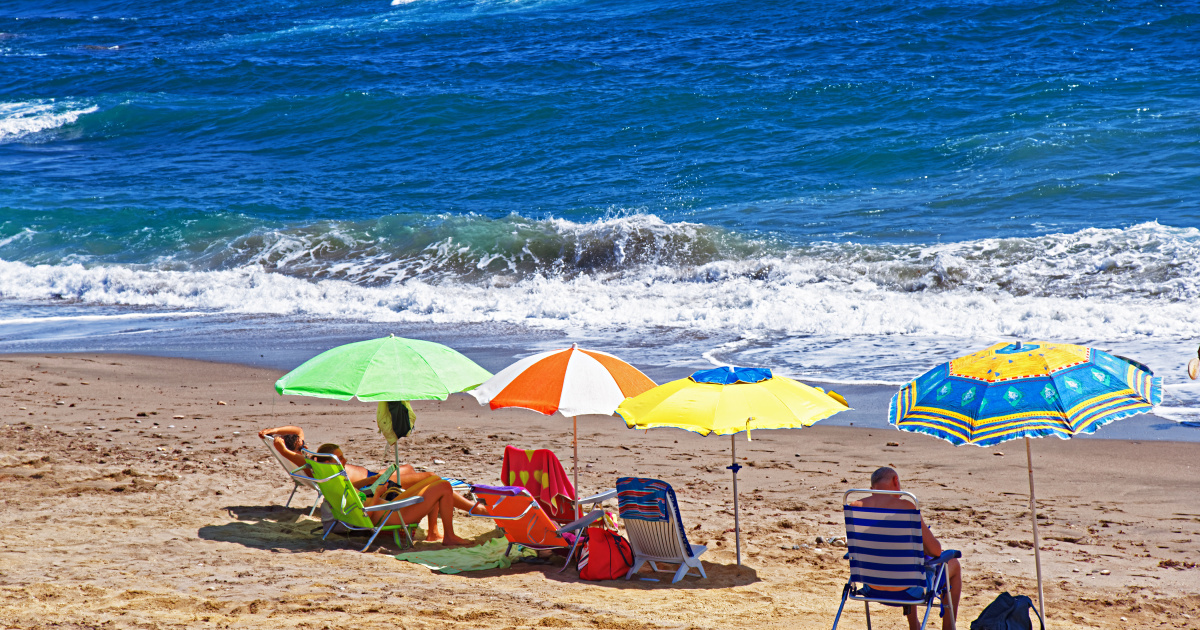The Most Effective Ways To Avoid Getting Skin Cancer
Summer is right around the corner; with it comes light, heat, an uplift in spirit and the looming threat of the sun’s harsh rays. Not only does too much sun cause physical damage (such as wrinkles, leathering, and sunspots), it also significantly increases the chances of developing skin cancer. As skin cancer has been increasingly on the rise in the past several years, prevention and protection are easily the best precautionary measures to take.
Seek Shade

While basking in the sun may feel incredible, taking in too much of it is incredibly damaging to the skin. During the hours of 10 am and 4 pm the sun’s ultraviolet rays (UVR) reach their peak strength, this is the time when it is most critical to seek shade as much as possible. If outside, trees or an outdoor tent, pavilion or gazebo are all great options to find shelter. Carrying an umbrella is also an excellent option.
Prevent Sunburns

There is a common misconception that once a sunburn occurs, sun tanning is much easier to accomplish throughout the summer season. Not only is this a misconceived notion, it is also incredibly dangerous. Just one sunburn increases the chances of developing the most deadly form of skin cancer, melanoma, and at least five or more sunburns in a lifetime doubles those odds. Avoid spending extended periods in the sun, and when skin is seen or felt to be reddening, seek shade.
